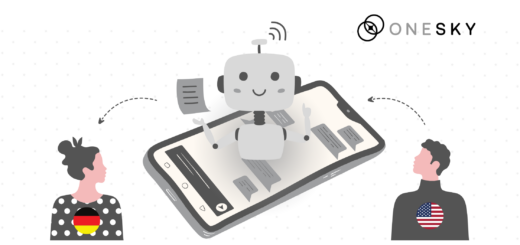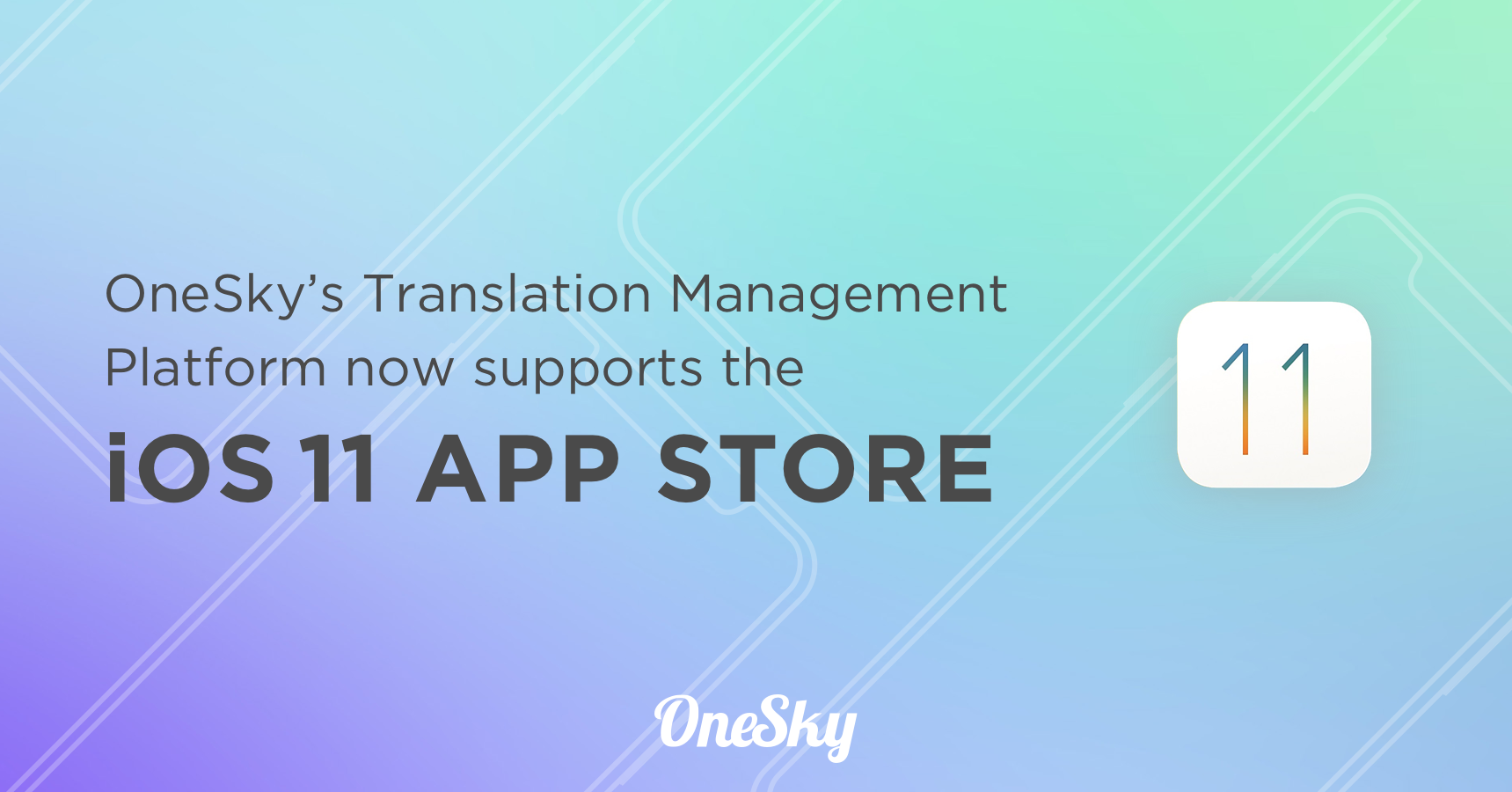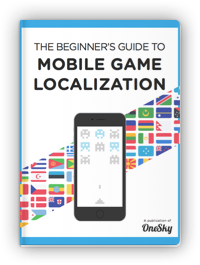5 Strategies to Reduce Bias in AI-driven Localization
Is your AI-driven localization resonating with your diverse global audience? In today’s interconnected world, cultural sensitivity and inclusivity are crucial for success. The reality is, while AI has revolutionized our ability to scale content across languages, it can sometimes fall short in capturing the subtle cultural context that makes communication truly effective. Unintended bias in AI-generated content isn’t just a minor inconvenience – it can potentially alienate key markets, tarnish your brand’s reputation, and ultimately impact your company’s bottom line.
In this blog, we’ll break down 5 practical strategies for reducing bias in AI-driven localization. By focusing on inclusivity and cultural relevance, you can make sure your content connects authentically with diverse audiences while expanding your reach. With these strategies, your brand won’t just reach global markets — it will also cultivate goodwill and trust, opening doors to sustained growth.
1. Understand the Sources of Bias in AI Algorithms
Before addressing bias in AI-driven localization, we have to first understand where this bias originates. Bias in AI often stems from the data sets, training models, and even the design of the algorithm itself. Pinpointing these sources is the first step toward ensuring your content is inclusive.
Here are 3 ways you can reduce bias in your localization efforts:
- Comprehensive Representation: One major issue is the lack of diversity in data sets. Many AI systems are trained on data that doesn’t represent the full spectrum of global demographics, leading to skewed outputs. In fact, 35% of businesses report that bias in AI systems is a significant concern, according to MIT Technology Review. To mitigate this, ensure your training data includes broad and diverse demographic information.
- Cultural Sensitivity: Bias in AI can lead to cultural missteps that risk damaging brand reputation. Inaccurate translations, for example, can be perceived as insensitive or inappropriate by certain audiences. By using diverse data inputs, you reduce the risk of such missteps, preserving cultural nuance and respect.
- Enhanced Global Reach: With diverse data sets, AI systems can better grasp the nuances of different cultures, leading to more engaging and satisfying experiences for users worldwide. To tackle bias in AI, start with a comprehensive audit of your data sets and models to assess their representativeness.
Take, for example, the “Model Cards” framework by Mitchell and others, which recommends documenting key information about AI models, including the data used for training, evaluation methods, intended use, limitations, and ethical considerations. This kind of transparency helps identify potential biases early in the process. For more on this framework, visit Google’s Model Cards.
2. Implement Bias-Detection Mechanisms
Bias detection isn’t a one-time task — it’s an ongoing process that should be deeply integrated into your localization workflow. By using bias-detection algorithms, you can automatically identify and flag problematic content before it reaches your global audience.
Here are 2 ways to enter bias detection into your workflow:
- Scalable Review Processes: Automated bias-detection mechanisms ensure that even large volumes of content meet inclusivity standards. These tools continuously scan and evaluate your content for biases, saving time and resources compared to manual review processes.
- Proactive Prevention: Rather than reacting to biased content after it’s been published, bias-detection mechanisms allow for proactive correction. This not only helps maintain cultural sensitivity but also strengthens brand loyalty by preventing costly missteps.
Several leading AI systems are incorporating bias-detection features that can identify problematic translations or culturally insensitive language in real-time. For instance, by flagging certain terms or phrases before they go live, brands can ensure their messaging aligns with the cultural expectations of their target markets.
3. Use AI-Human Collaboration for Enhanced Accuracy
While AI excels at processing vast amounts of data quickly, human oversight is essential to catch subtle biases that algorithms might miss. AI-human collaboration in localization is essential to create content that is not only accurate but also culturally sensitive and inclusive.
How AI Makes Your Translation More Accurate:
- Superior Quality Control: AI can efficiently standardize large volumes of content, but human translators bring the necessary cultural context and understanding. For example, idiomatic expressions, humor, or region-specific slang often don’t translate well literally. Human review ensures that these cultural subtleties are respected, preventing misunderstandings or offensive content.
- Faster Adaptation to Market Changes: In rapidly evolving markets, trends and language usage change quickly. Human translators can provide timely updates and adapt content in ways that AI, reliant on historical data, might struggle to handle.
Why AI-Human Hybrid Models Work Best
By combining the strengths of AI and human expertise, you create a robust system that reduces bias and enhances the overall quality of your localized content. AI can handle the initial large-scale translation, while humans review and refine it for cultural appropriateness. This ensures your message resonates globally.
4. Regularly Update AI Models with Diverse Data Sets
One of the biggest challenges in AI-driven localization is keeping your AI models updated. Static models that don’t receive new data quickly become outdated and biased. This results in culturally irrelevant or even harmful content. Regularly updating AI models with fresh, diverse data sets is crucial for maintaining relevance and inclusivity.
- Ongoing Learning: Feeding your AI with new data allows it to adapt to shifting cultural trends and language nuances. This keeps your localization efforts up-to-date and responsive to global changes.
- Long-Term Engagement: AI models that are regularly updated with diverse data sets are more likely to engage effectively with a broader range of audiences, fostering long-term loyalty and expanding your brand’s market reach.
Let’s say your AI model is trained on U.S.-centric data. While that may work for an American audience, it might fail to resonate with consumers in Asia or Latin America. By continuously updating the data set with more localized inputs, you ensure that the AI captures global cultural trends, providing more relevant and inclusive content. For more on internalization, click here.
5. Conduct Cultural Sensitivity Training for AI Teams
Even with the best AI models, the human teams managing them need to understand the complexities of cultural sensitivity. Educating your AI and localization teams about potential biases and the implications of insensitive content ensures that they can properly guide the AI systems and make informed decisions.
3 Ways Your AI Teams Can Handle Cultural Sensitivity:
- Interactive Workshops: Training programs, such as workshops that focus on real-world examples of cultural missteps in localization, help teams analyze and understand the consequences of bias. Participants are encouraged to think critically about how to avoid these pitfalls in future work.
- Bias Identification Drills: Regular exercises in identifying bias — for example, by reviewing sample content and flagging potential issues — keep your team sharp and aware of inclusivity challenges.
- Cultural Immersion Programs: Offering your team opportunities to immerse themselves in different cultures, whether virtually or through in-person exchanges, deepens their understanding and allows them to recognize biases more effectively.
The Human Factor
While AI can process data, it’s the human touch that keeps it grounded in real-world sensibilities. Cultural sensitivity training ensures your teams are well-equipped to identify biases before they take root, further preventing unconscious biases from influencing AI-driven localization efforts. For more on successful internationalization efforts, click here.
Expand Your Reach with a Bias-Free Future
Addressing bias in AI-driven localization is essential for any business looking to expand its global reach both authentically and inclusively. By understanding the sources of bias, implementing detection mechanisms, fostering AI-human collaboration, regularly updating AI models, and training teams in cultural sensitivity, you’re ensuring that your content speaks to every culture with respect and relevance.
Reducing bias isn’t just a technical problem to work through – instead think of it as an opportunity to strengthen your connection with diverse markets. Diverse marks unlock new revenue opportunities, foster goodwill, and lead to a resilient future-proof business.
WANT BIAS-FREE TRANSLATIONS?
With OneSky’s superior translation solutions, OneSky Localization Agent, you can deliver content that is inclusive, effective, and bias-free. Click the button below to take the first step towards a stronger, more connected global presence.











 Written by
Written by 


